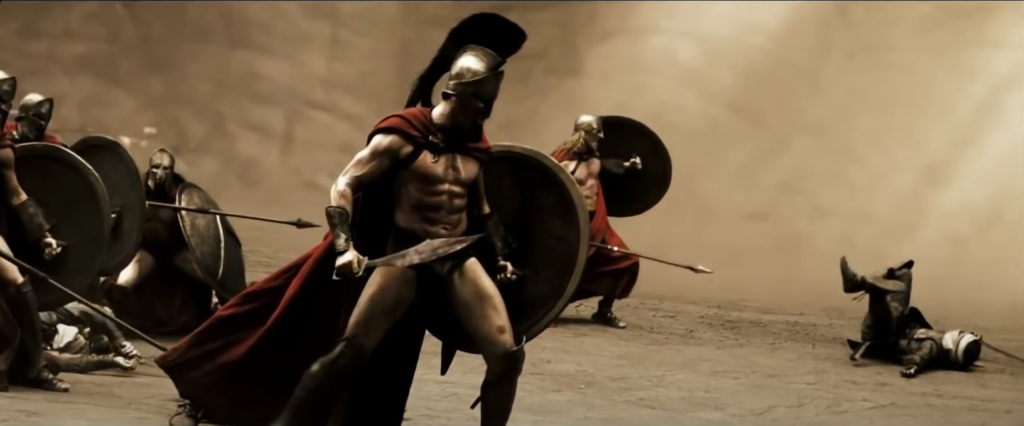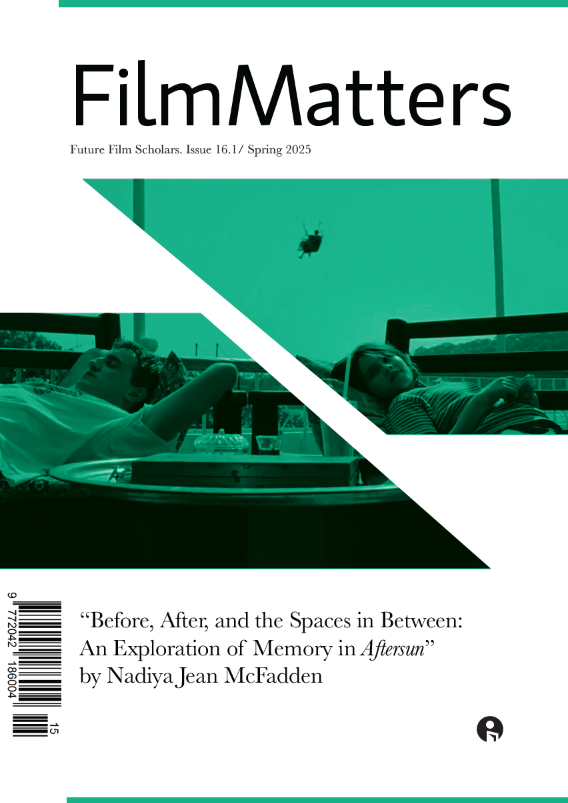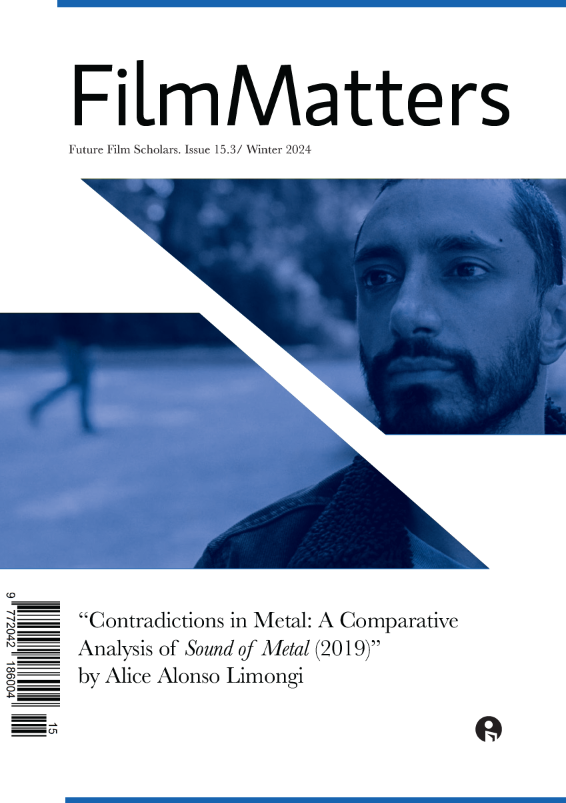
Film Matters: Please tell us about your article that is being published in Film Matters.
Cameron Detig: My article, “Slow Motion in the Age of Intensified Continuity,” is about the ways in which slow motion has been implemented in film, and how its uses became amplified after the rise of intensified continuity since the 1960s. It draws largely from David Bordwell’s writings on the subject and applies them to the seldom talked about area of slow motion. In the article, I use statistical data on the amount of slow motion used in a range of films to discuss trends and usage of the device.
FM: What research and/or methodologies do you incorporate in your article?
CD: I used several scholarly articles and books for the development of the paper, but a large part of it came from personally collecting data on the amount of time spent on slow motion in the films that I discussed. I wrote a custom program that allowed me to watch a film and click buttons to log when a shot started that was slow motion, and when that shot ended. This allowed me to compile a large amount of data to use in my discussions. The film that I watched that has the largest amount of slow motion was 300, which has about 22.3 minutes of slow motion, accounting for 23.8% of the film’s runtime.
FM: Describe the original context for/when writing this article while an undergraduate student.
CD: This was the final paper for my American Cinema Since 1961 class. I had also previously taken the companion class, American Cinema 1927–1960, so I had gained a wide view of American film history. During the semester, we learned a lot about intensified continuity, but it was not something I really considered when it came to choosing my paper topic. I settled on researching slow motion and The Matrix, but through my research I started realizing how well it fit with Bordwell’s theories and how the story of slow motion was much larger than just The Matrix.
FM: How has your department and/or institution supported your work in film and media?
CD: UNCW’s Film Studies Department has an interesting blend of production and studies that attempts to create what they call the “complete filmmaker.” Personally, my focus is on production, but I have had the chance to learn a variety of topics relating to both film studies and filmmaking.
FM: How has your faculty mentor fostered your advancement as a film scholar?
CD: I have had three classes with Dr. Todd Berliner, for whom my article was written, and he has greatly influenced the way in which I view film. Particularly in the area of American cinema, about which I have learned a lot. He has also changed how I view research and always emphasized the importance of being able to prove what you say, and to always start with a research question before jumping to a thesis.
FM: How has the Film Matters editorial and publication process impacted the development/evolution of your article?
CD: The Film Matters review process helped show me ways to make my paper more visually appealing by suggesting to add images from the movies that I reference. I think this helped to make the paper a lot more engaging.
FM: What audience do you hope to reach with your Film Matters article and/or what impact do you hope it has on the field of film studies?
CD: I really had no intention of anyone ever reading the paper beyond my professor, until he suggested that I submit it to Film Matters at the end of the semester. I do hope that, if anything, my research on slow motion will serve as an interesting look at the subject, and help people understand the evolution and uses of the device.
FM: What are your future plans?
CD: I will soon be graduating and am interested in pursuing the area of CGI filmmaking and animation. I had the opportunity to take a couple of electives during my time at UNCW on 3D graphics and animation, and it is something that I would love to continue with — and hopefully one day work on feature films at a major studio.
Author Biography
Cameron Detig graduated in 2021 from the Film Studies Department at the University of North Carolina Wilmington (UNCW). He is currently working as a Previs Artist at The Third Floor, a studio specializing in previsualization for films and shows.







































